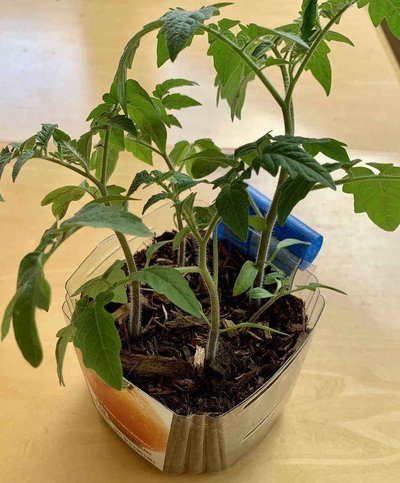For many of us, when we think of greenhouses, we think of going into huge nurseries to pick out plants to bring home. However, creating your own mini indoor greenhouse is easier than you might think! In fact, many of the supplies you’ll need to make one are everyday items you likely already have in your house.
There are dozens of great ways to turn everyday objects into mini indoor greenhouses. All you really need is a clear, leak-proof container, soil, seeds, and a sunny spot. Some quick alterations can turn your ordinary object into an extraordinary home for your baby plants!
This article will give you a few different ideas on how to create a mini indoor greenhouse, but be creative! Since there is such a small overhead cost, feel free to explore different options that show your personality as a gardener!
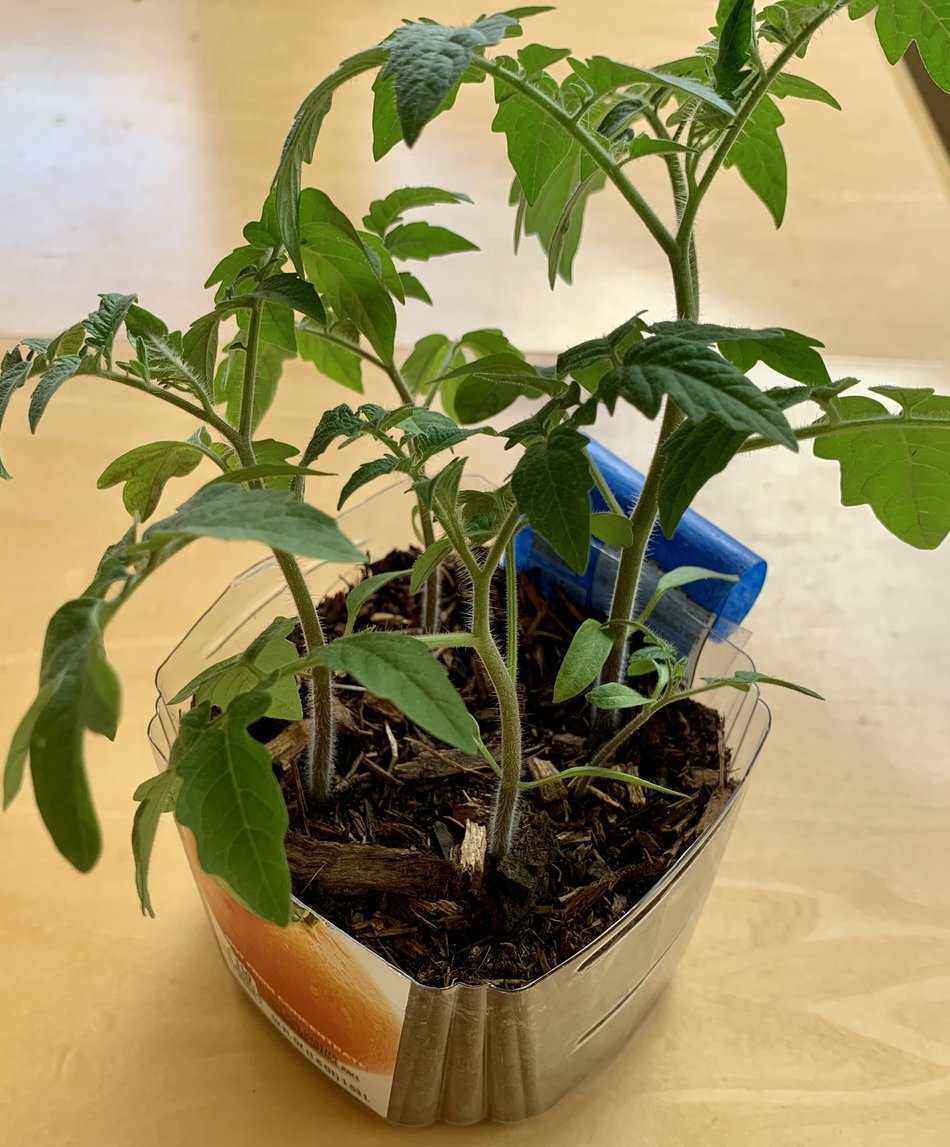
What’s a mini indoor greenhouse?
A mini indoor greenhouse is … well, just what it sounds like! It’s small. It’s indoor. And it’s a greenhouse, meaning that the plants are in some kind of enclosure that shields them and traps sunlight.
When most people think of a greenhouse, they think of an outdoor greenhouse. These come in all shapes and sizes. They can be attached to an existing building or detached structures that stand on their own. A detached outdoor greenhouse can be just large enough for a shelf or two, or it can be as large as a commercial nursery.
Obviously, a mini indoor greenhouse is limited in size. they’re small, as they’re meant to be used indoors. However, as you’ll see if you begin shopping for a prefabricated one, there is a lot of variety to choose from. Some of them are shaped like a box, with a secure bottom, so that they can be moved to different locations in a home. Common locations for a mini indoor greenhouse are tabletops, windowsills, or, in the case of freestanding structures about the size of a bookshelf, set in front of a window.
A mini indoor greenhouse is similar to any greenhouse in that it’s, in construction, made up of two parts: the frame and the cover. As we’ll see, these can be made of a variety of materials.
Other options besides greenhouses
Besides greenhouses, other outdoor options that provide shelter and conserve heat for plants are row covers, cold frames, or covered raised beds. Row covers create a low tunnel over a row of plants in a garden, usually made of hoop frames and a flexible cover, such as plastic sheeting. Cold frame boxes are simple structures built low to the ground, generally with a transparent lid and insulating sides. These help extend the growing season of various plants by protecting them from the elements and retaining the sun’s heat. Covered raised beds are similar to row covers, except that they’re attached to already-constructed raised garden beds. Because of this rectangular shape and sturdier structure, they can be made in various ways: as a tunnel shape, like a row cover; as an A-frame, with sloping sturdy walls; or in a rectangular shape, with low walls and a flat roof.
Outdoor vs indoor mini greenhouses
Okay, mini indoor greenhouses are mini. Got it. But what about a mini outdoor greenhouse? What’s the difference? How should you know whether a tiny outdoor greenhouse or a tiny indoor greenhouse is right for you?
First, if you’re indoors, you don’t have to deal with the temperature variability that you need to think about outdoors. You don’t need to worry about swings in temperature, or how to figure out a heating system to fight off the cold in a detached greenhouse. You’re already keeping your home at a suitable temperature for life–because you live there, after all–so there’s no extra cost or hassle to keep your greenhouse warm. (Please note, however, that your indoor greenhouse temperature still needs to be checked–it can trap the sun’s heat and keep your plants at a much higher temperature than your home thermostat is showing.)
Your house, however, is probably not made of glass. (Isn’t there a saying, about people who live in glass houses?) Your indoor greenhouse does not have the 360 degree source of sunlight that a detached outdoor greenhouse has. For this reason, it’s very convenient that most indoor greenhouses can be moved around, in and out of sunlight as needed, and turned so that all the plants get some solar love. If needed, you can also add grow lights to your indoor greenhouse to help supplement your indoor garden’s sunshine.
Many outdoor greenhouses have automatic controls to govern the temperature, lighting, ventilation and watering. Because indoor greenhouses are so small, these factors that all contribute to plant happiness need to be adjusted manually. While there are exceptions to be found — small greenhouses with automatic controls certainly do exist–generally, mini indoor greenhouses rely on regular check-ins from the gardener. This isn’t hard to do, because your plants are right in your windowsill or in the centre of your kitchen table. No need to put on boots and a coat and shuffle out into the yard to water them or check the temperature.
Pros and cons of mini greenhouses
I’m a list person. We just went over some of the differences between an indoor greenhouse and outdoor one, but here’s a quick summary of pros and cons, comparing mini indoor greenhouses to other growing spaces:
- Pros:
- Don’t take much space
- Easy to make, if you’re choosing the DIY route
- Inexpensive to buy, if you’re not so keen on the DIY idea
- Convenient to maintain, as it may be right in your kitchen!
- Low cost to maintain
- Grow lights (if you’re using them) don’t take up as much space or energy as heating systems
- Cons:
- Less growing space, which means you’re limited to smaller plant varieties
- Usually fewer off-the-shelf accessories/products for automating watering & ventilation
- Less sunshine, possibly requiring the use of grow lights
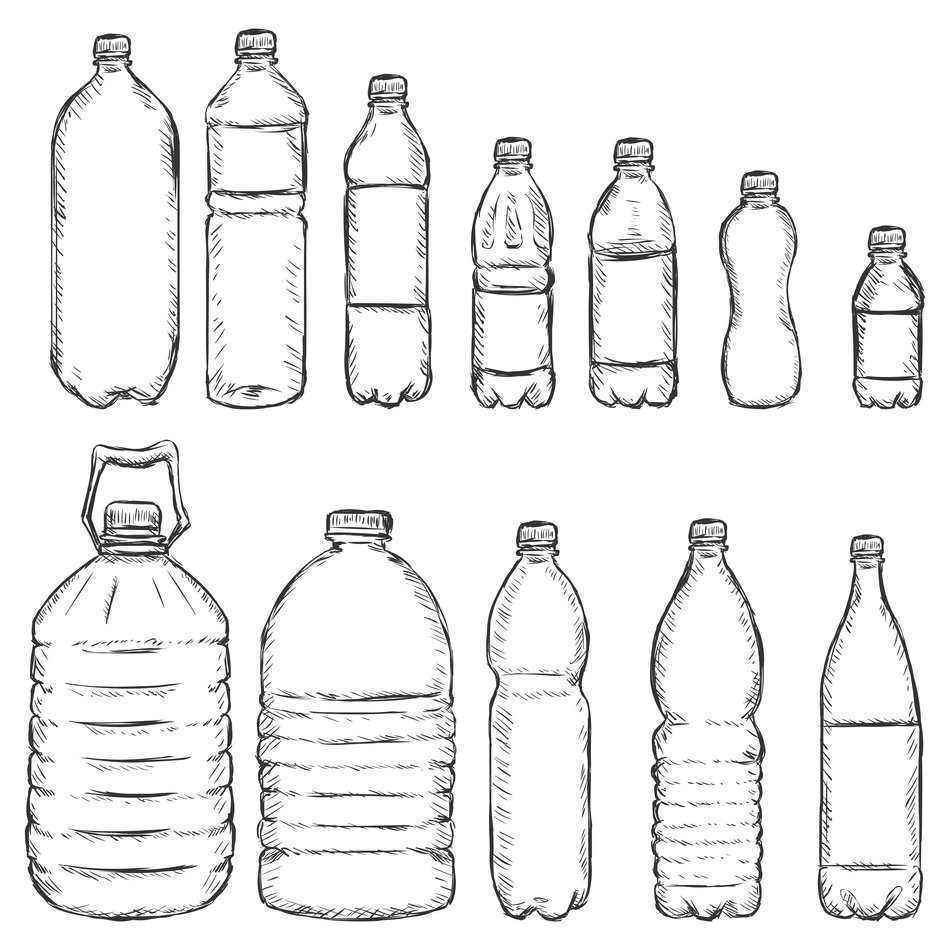
Good materials for mini-greenhouses:
You can make a mini indoor greenhouse in an infinite number of ways. Essentially, you can use anything you can enclose in plastic or glass. The cover–plastic or glass–must be clear because the whole point is to trap the sun’s rays. Once you realize that a greenhouse is basically just a structure that shields plants and captures sunlight for them, you’ll start to realize that mini greenhouses can be found everywhere. I just saw one online that was literally a clear plastic umbrella shoved into a barrel of dirt.
Like I said, you can use almost anything, but here are some common examples for simple DIY mini greenhouses:
- Egg cartons
- Plastic containers (muffin containers are perfect for seedlings)
- Picture frames
- Glass boxes
- Plastic bags
- Plastic bins
- Wire containers
- Plastic wrap
- Small pots
What can I grow in a mini indoor greenhouse?
You can grow a variety of different plants, but the one common limitation is space. That’s the mini part of a mini greenhouse. You’ll have to reconsider sprawling vines or visions of huge zucchini. Otherwise, your limitations may depend on how much sunlight your plants have access to, if you’re not able to supplement with grow lights and have limited sunlight coming in from a window. In this case, shade-loving plants such as herbs and greens would be a good choice.
Small herbs
- Herbs are a great indoor choice because they can be grown in small spaces and they’re simply lovely to have access to all year long. What better accessory to your kitchen than an attractive supply of tasty and fragrant herbs for cooking? As any chef knows, there is no replacement for the real thing–especially when it comes to recipes that showcase one specific herb. The powdered stuff can’t compare.
- If you have plenty of sun, such as near a south-facing window, herbs that originate from warmer climates are a good choice. These include rosemary, thyme, basil and oregano.
- If you’re a little short on sunlight, herbs that are happy with less sun and cooler temperatures include parsley, chives, and mint.
- Some herbs want to sprawl and take over. Some herbs need different amounts of water compared to others. For this reason, planting each herb in its own pot may be a good way to keep all of them happy.
Succulents
- Succulents are a popular indoor choice for many reasons. First, they’re low-maintenance house guests. They’re designed to thrive in dry conditions, making them a great choice for dry winter months. They don’t need a lot of watering or attention–in fact, over-watering will kill them.
- Succulents originate from climates with dry, sandy soil. To make them feel at home, create a mix of half potting soil and half sandy soil to plant them in.
- Succulents look cool. They just do. If you’ve got that crisp, minimalist decor going on, a cluster of succulents in well-chosen pots and an attractive greenhouse can be a great centerpiece. They come in a variety of beautiful colors, with striking shapes and interesting texture. Pairing a soft fuzzy panda plant with a prickly cactus, for example, can create an interesting display.
- Many succulents do love the sun, so put them near a south-facing window to make sure they get lots of it. This is not true of all succulents, however, so be sure to check regarding your specific type of plant.
- Signs that a succulent does need water include wrinkling or becoming dull. Check that the soil is dry before you add any water.
- Some succulents, such as aloe vera, are both beautiful and medicinal. Sleek and green, aloe vera also offers a gooey sap that is famous for soothing burns and healing skin.
- Succulents to consider include: varieties of cacti, aloe vera, zebra plant, panda plant, bird’s nest sansevieria, and string of pearls. Some varieties, such as kalanchoe or Christmas cactus, also produce beautiful blooms.
Small vegetables
- Growing your own food is a fast-growing hobby. For many people, there is no sprawling acreage to plan large garden plots; however, there are many vegetables that can be grown in small spaces.
- Check out mini varieties for your mini greenhouse. Baby carrots and dwarf beans, for example, can provide the homegrown taste you’re looking for, while being small-space friendly.
- Greens such as arugula, kale, and spinach are great choices for indoors. They’re wonderful to eat fresh, and that experience just can’t be stored in the freezer from your summer garden. They also do well with less sunlight and cooler temperatures.
- If you have enough sunlight and can keep the temperature warm enough, small varieties of tomatoes can thrive indoors.
- Microgreens need little space, provide plenty of nutrients, and can be harvested in as little as one week. However, they need plenty of sunlight–12-16 hours a day–so a grow light is needed.
- Honestly, you can grow so many different types of vegetables indoors, from onions to cauliflower! I recommend you take a look at what you and your family eat most often and what you’d consider worth the limited space in your greenhouse.
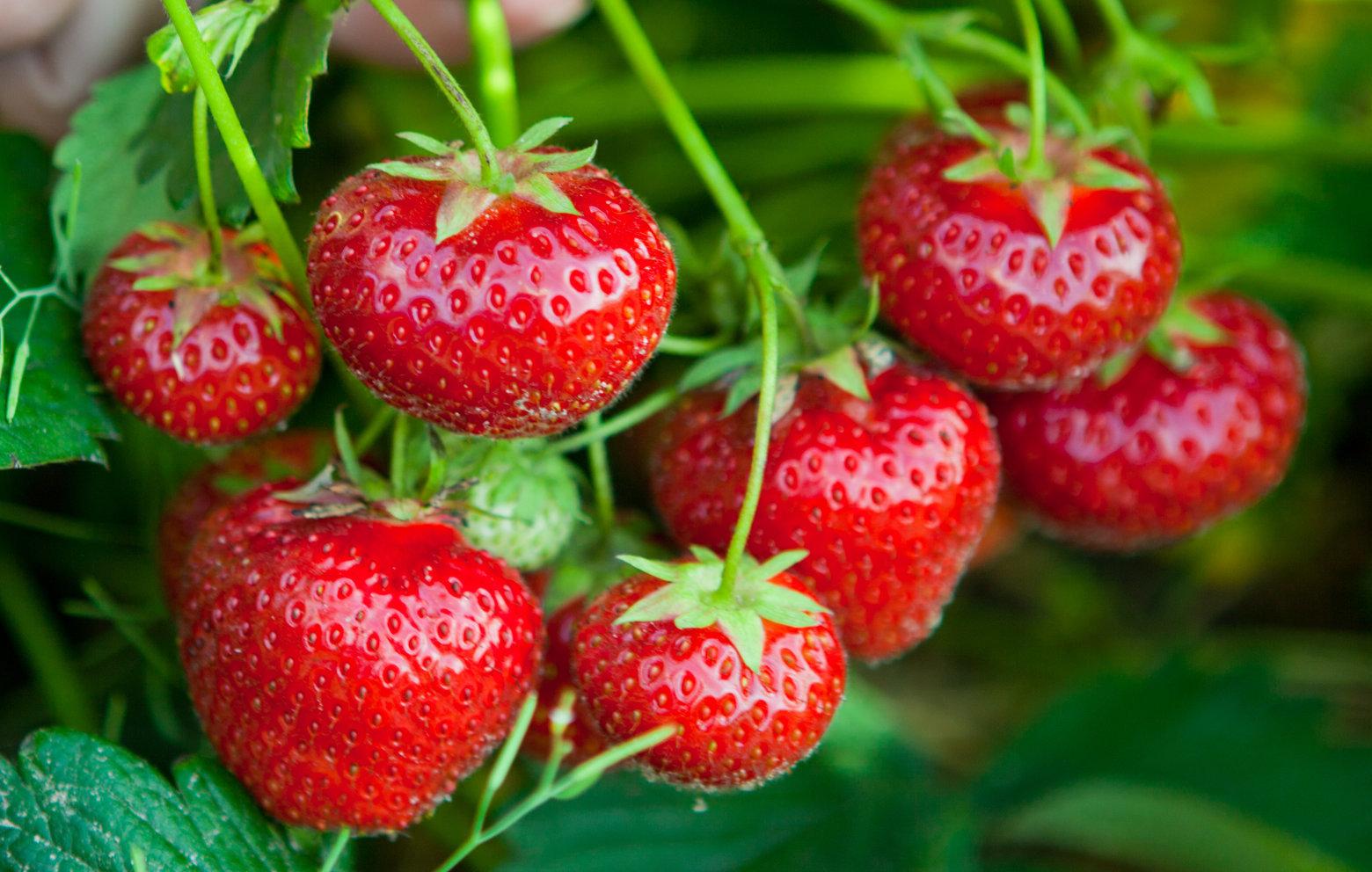
Small fruits
- Like vegetables, the list of fruits you can grow indoors is long. Unlike many vegetables, however, most fruits need lots of sunlight and higher temperatures.
- Strawberries, figs, and even watermelon can be grown inside. Strawberries are a popular choice, as they don’t require very much space and they produce fruit quickly.
- Some fruiting trees can be purchased in dwarf varieties, making them small enough to bring indoors all year long.
Small flowering plants
- Growing flowering plants indoors is a wonderful way to add bright spots of color throughout the winter months. The right mini greenhouse can frame your plants and draw attention to their beautiful blooms. From spiky bromeliads to fuzzy chenille plants, there’s all sorts of shapes, colors and textures to consider adding to your home decor.
- Some popular flowering plants to grow indoors include varieties that hardly require any dormant season, meaning that they’re blooming almost all the time. African violets and begonias are just two examples.
- Low maintenance and scented lightly enough for an indoor space, the elegant peace lily is another great choice, requiring only a moderate amount of light.
Seeds
- For many people, the main purpose of a mini indoor greenhouse is to extend their outdoor plants’ growing season. Starting seeds indoors requires little space, as each seedling only needs a cupcake-sized pot of dirt.
- Before sowing seeds indoors, doublecheck that your specific plant variety does well being transplanted. You don’t want to spend weeks nurturing seedlings only to have them die off when you transplant.
- Most seed packets contain instructions and recommended timing for planting indoors, counting back from the last estimated frost date in your area. Timing things well can help ensure that you don’t have seedlings running out of space and needing larger pots before you’re able to put them outside.
- When you’re ready to transplant your baby plants, make sure you take time to harden them off. This is a process of slowly getting them accustomed to the elements. Take your tray of seedlings outside for longer periods of time over a few days before planting them in the garden. Again, you don’t want your time and effort to end in plants that don’t thrive when transplanted.
How to make a mini-greenhouse:
Yes, you can buy a mini indoor greenhouse. There are many products out there that range from the practical look to the downright adorable.
If you’re the DIY type, there are many, many ways to create your own mini greenhouse. As I mentioned before, these range from cupcake containers to clear plastic umbrellas. Here are a few ideas to get your creativity going:
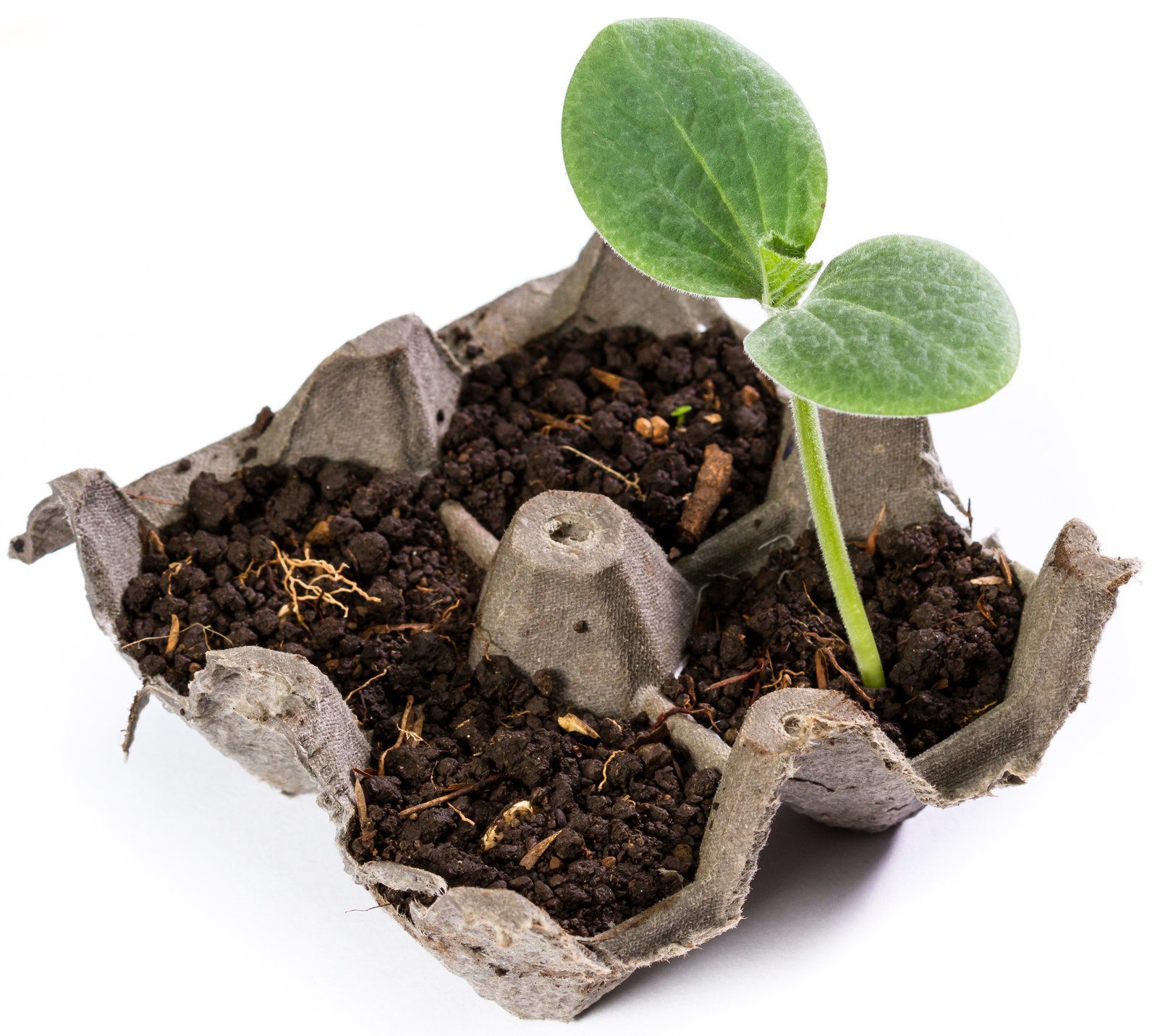
Egg carton greenhouse
- This is super simple and super cheap. Get an egg carton, cut off the lid, and fill each spot with potting soil. Plant seeds, water the soil, and cover the carton with anything clear–a clear plastic lid from another container, or simply clear plastic stretched across. Voila!
Plastic bag and wire greenhouse
- This mini greenhouse is easily constructed using wire as the frame and a plastic bag as the cover.
- If using a wire coat hanger, cut off the hook with wire snips. Straighten out the wire, cut it in half, and bend it into a U shape. Use two U-shaped wires for a large pot, and just one for a small pot.
- Put a clear plastic bag over the top of the wires, tucking in the bottom under your pot or tray. If too much moisture collects, un-tuck the plastic along one edge to allow for ventilation.
Plastic bin
- Put egg cartons, seedling trays or plant pots inside a clear plastic bin. On a hot day, remove the lid to allow ventilation. If you want to raise the temperature of your mini greenhouse, just snap the lid on or drape with a clear sheet.
- Alternatively, put plants right on the floor and put a plastic container over them.
Picture frame greenhouse
- This is the cutest of the options listed here. Also, the one requiring the most time and effort. If you’re interested in something you’d like to display all year long, versus something used to simply start seeds, this might be an idea that interests you. Or, if you’re big on decorating and the idea of a wire-plastic-bag greenhouse on your windowsill makes you cringe, you might want to take this route instead.
- There are various tutorials out there, depending on what materials you have on hand and what kind of look you’re going for. The main idea is to use old (or new) picture frames to create a small greenhouse.
- General instructions are to remove the glass from the frames, sanding or painting the frames if desired. After allowing the frames to dry, secure them either by using a hot glue gun, wood glue, or screws. Replace the glass from the bottom up, using hot glue to secure each pane of glass to its frame.
Tips to keep plants healthy
Wherever plants grow, they still need all their needs met:
- water
- sun
- nutrients
- air
- proper temperature
When you have plants in a little greenhouse, it’s up to you to make sure that they’re getting what they need.
For starters, keep the space clean and dust-free. Before putting plants in your mini greenhouse, check them over for any pests. If a pest or disease is noticed on a plant, remove it immediately. While you’ll be tempted to cram plants into a mini greenhouse, remember that they still need space to thrive and also to prevent disease and pests.
Be sure to water your plants as needed. If necessary, put them in a more humid area of the house or mist them to avoid keeping their environment too dry. The appropriate amount of water depends on the plant, of course. As I mentioned earlier, succulents are easy to over-water.
Supply your plants with nutrient-rich soil, and boost it with fertilizer, organic or non-organic, as needed.
I know you’ve probably thought of this already, but, it has to be said: put your plants in a spot where they’ll get plenty of sunlight. To give all sides equal sunlight, turn the pot or tray regularly.
Now, something you may not have thought of right away is the fact that things can get too hot in your mini greenhouse. Monitor the temperature, and be sure to allow for air circulation and ventilation to keep things from getting too hot and humid. If plants are getting too much sun, simply move your greenhouse or drape with a fabric that will partially or fully block the sun.
Accessories
Mini indoor greenhouses are all small, but there is a wide variety in size and complexity. They can range from an egg carton covered in cling wrap, to fully automated systems. Depending on what plants you’re growing and when you’re growing them, you may want to consider some accessories:
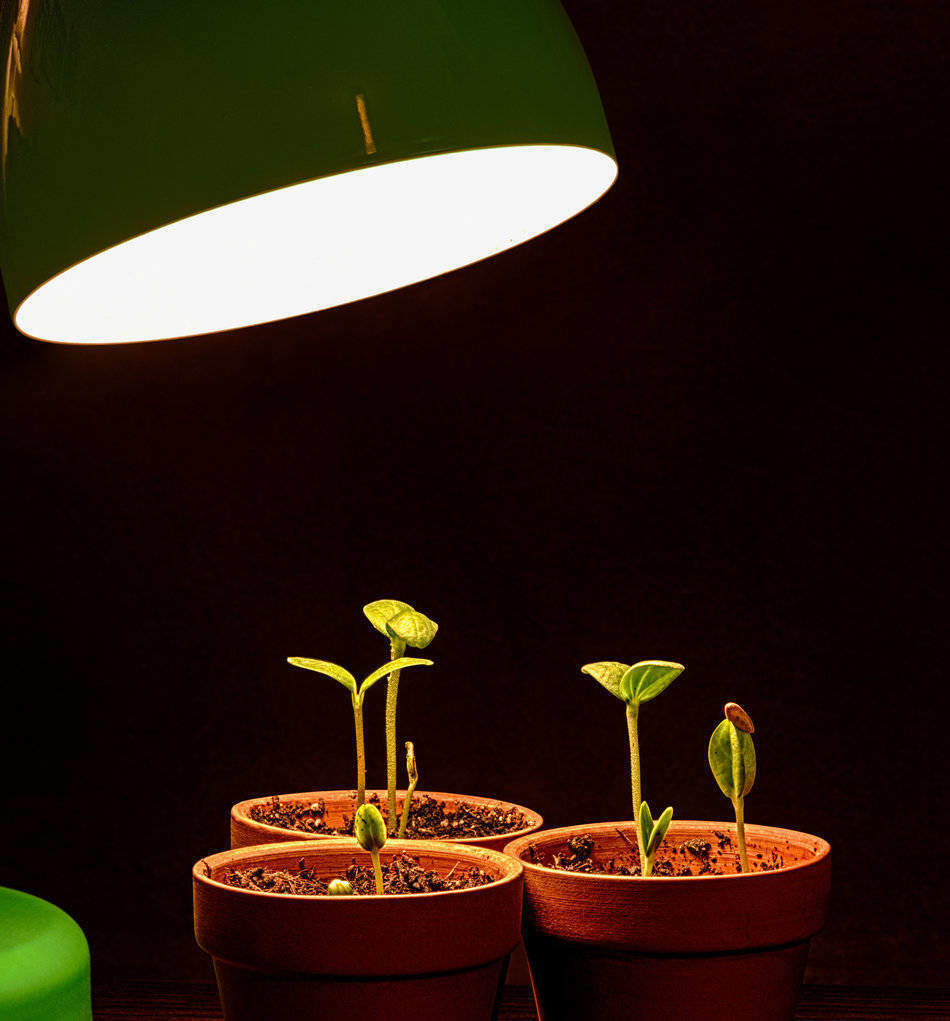
Grow lights
- If you’re short on sunlight, grow lights can be just the ticket. Check out our top recommended grow lights. They can boost the hours of sunlight, or intensity of light, for your plants. They can also allow you to grow plants away from a window.
Small fan for ventilation
- If your mini greenhouse is in an especially hot and sunny location, or is tall enough to require air circulation, you may want to add a small fan for ventilation. This will ensure an even temperature throughout the greenhouse, and cool plants if needed.
Thermometer
- Yes, your greenhouse is inside, but greenhouses are designed to raise the temperature; there can be quite a variation between the temperature in your home and the temperature in your greenhouse. Using a thermometer will help you monitor the temperature for your plants.
Related Questions:
How do I start seeds indoors using a mini greenhouse?
To start seeds indoors in a mini greenhouse, you can purchase a seed-starting kit or create your own. A plastic muffin container or an egg carton covered in cling wrap can be a perfect nursery for baby plants. Using potting soil or seedling pots, allow the soil to absorb lukewarm water until it becomes moist. Sow seeds according to seed packet instructions, then cover your greenhouse. The covering must be clear, to allow sunshine in, and must keep the moisture contained. Because the moisture can’t evaporate, you don’t need to water your seedlings until you see them germinate. When they germinate, prop open the cover of your greenhouse to allow moisture out and air to circulate. Water the soil as needed to ensure it doesn’t dry out. When seeds are ready to transplant to the garden, be sure to harden them off, exposing them to the elements gradually.
Which tomatoes grow best indoors?
If you want to grow tomatoes indoors, choose varieties that produce small fruit, such as cherry or plum tomatoes. Small-fruited plants produce more tomatoes, ripen more quickly, and take up less space. Remember to keep your soil well-fertilized, as tomatoes are “heavy feeders” compared to other types of plants.
How do you use a mini greenhouse?
Mini greenhouses can be used to grow a few plants to maturity, or can be used to extend the growing season by starting seeds. Mini greenhouses can be designed for indoor or outdoor use.
Mini greenhouses are an easy and fun way to bring your love of gardening indoors. Now that you know the basics, I hope you’re spotting lots of possibilities around your own home!

